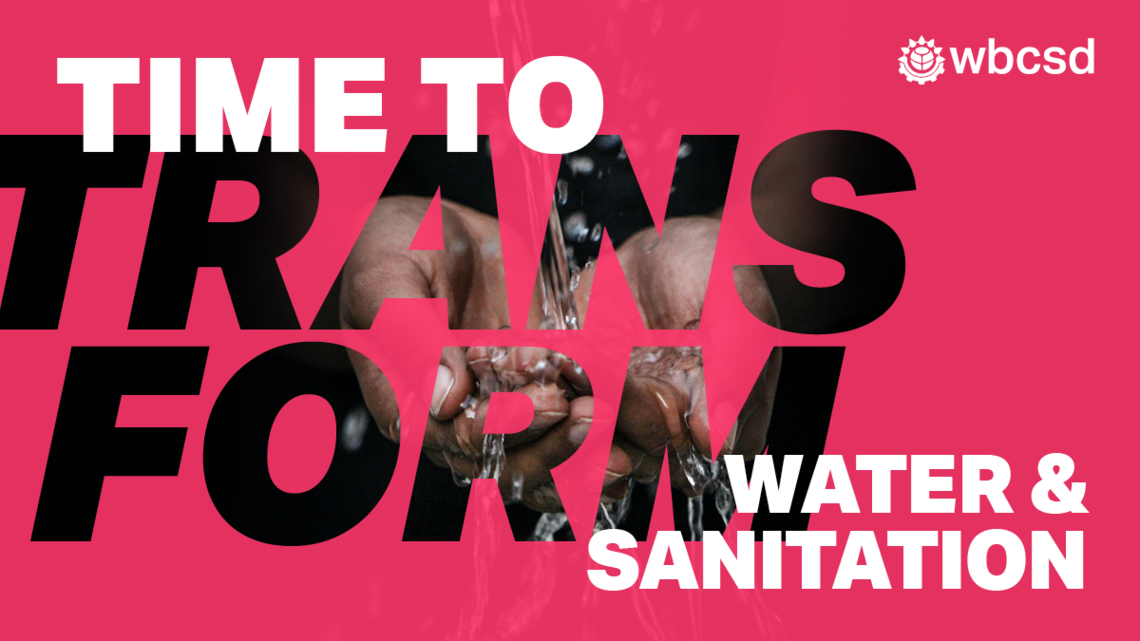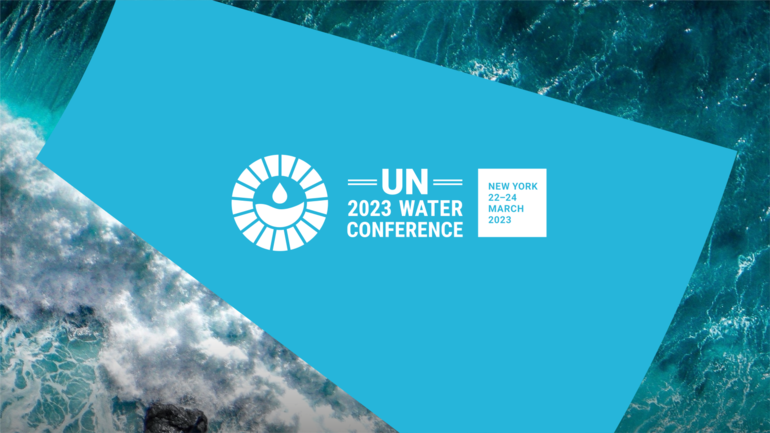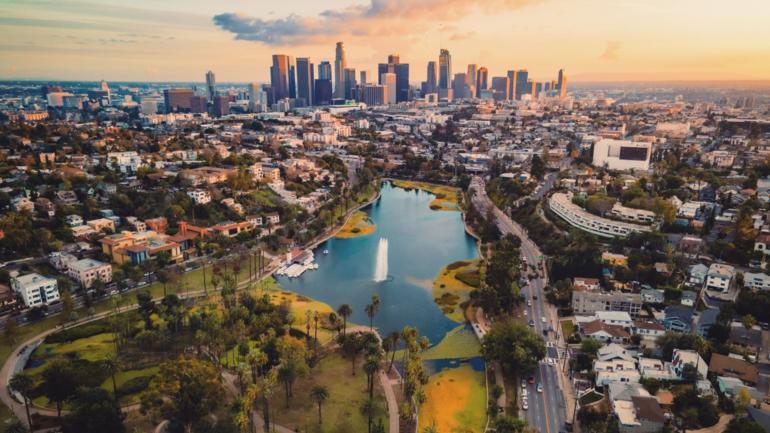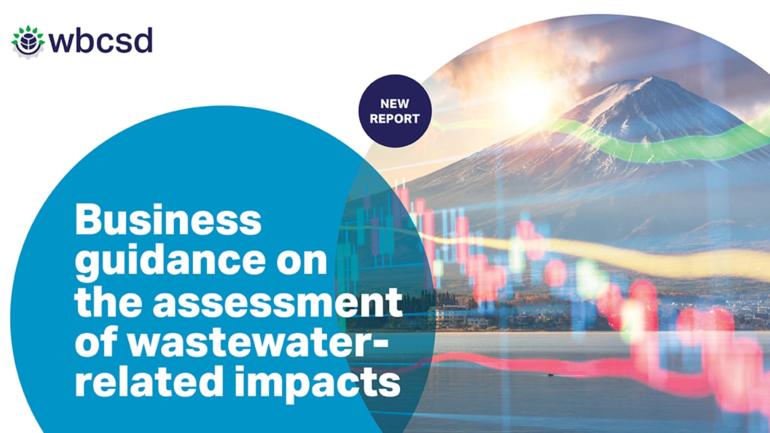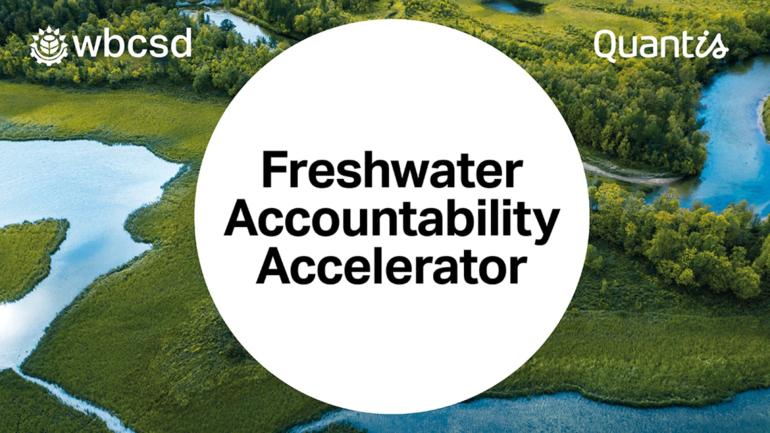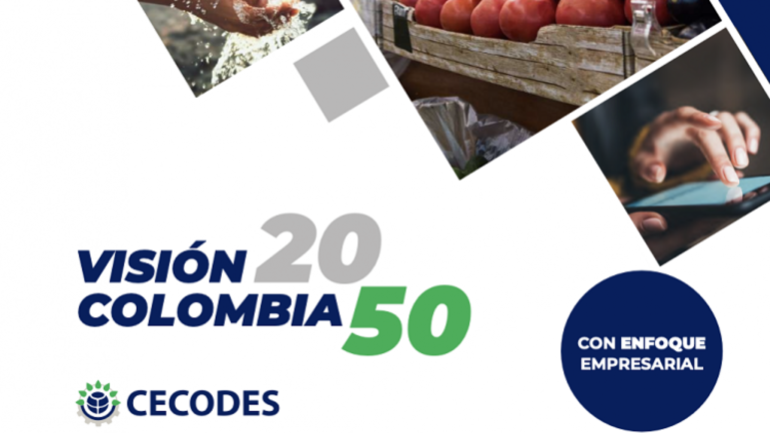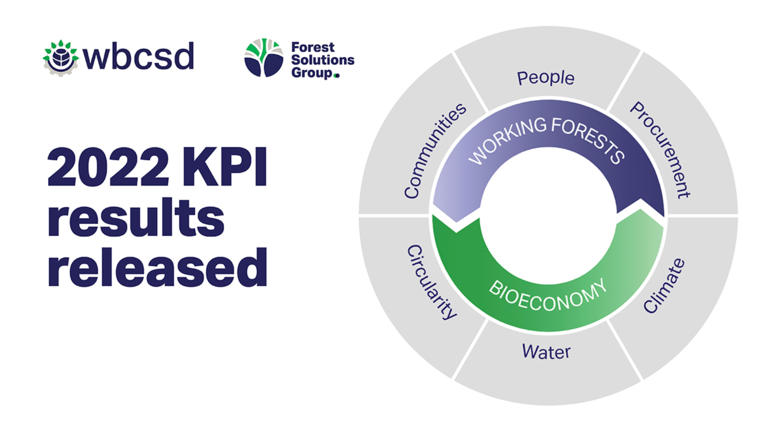WBCSD’s Vision 2050: Time to Transform provides business with a framework for action in line with the urgency of the challenges that we face as global societies. It offers companies comprehensive, reliable and ambitious guidance on how they can lead the transformations needed to bring about a world in which 9+ billion people can live well, within planetary boundaries, by 2050. At its center, are nine transformation pathways covering the areas of business activity that are essential to society – a human-centric approach to driving transformation through our societies, that business is uniquely positioned to contribute to.
I’m excited to be providing a deeper look into the Water & Sanitation pathway as part of our series of deep dives into all nine pathways, exploring the societal needs that we need to deliver on, the transitions that are required, and the actions that business can take today.
Water is essential to all life and sits at the heart of our efforts to feed and power our societies and economies around the world. Sanitation is where water and health intersect through good hygiene, as well as disposal and treatment of human waste. Our 2050 vision for Water & Sanitation is for “thriving aquatic ecosystems that support food, energy and public health for all.” The vision further explores how the societal needs from Water & Sanitation will be met in 2050, requiring business to ensure that:
- Water and sanitation are available for all.
- Water is appropriately valued.
- Water and sanitation resources are managed in a circular fashion.
- Water quality and ecosystems are protected.
Achieving this requires unprecedented collaboration between government, civil society and business across multiple scales: site, basin, transboundary and global. Business has responded to the need to engage locally in water stewardship efforts and WBCSD led the way in developing GIS based tools, with other tools emerging over the last decade, that continue to provide companies with data to make informed decisions and implement approaches such as the Alliance for Water Stewardship (AWS) Standard. What is needed now is to link local actions to robust global targets and disclosure that can accelerate and scale systemic change, which is where the Science Based Targets for Nature and the new Taskforce on Nature-related Financial Disclosures will come in. We also need to ensure that it is not just water quantity that is addressed, but also water quality, which is why WBCSD has launched the Wastewater Zero Commitment to eliminate industrial wastewater pollution and increase the amount of water reused and recycled by industry. This is good for water security, freshwater biodiversity and climate change.
India, where I work with WBCSD Member companies, is a place where the urgency and importance of getting this right is stark. Shortages can have devastating impacts on farmers and interrupt business operations, while weakness in sanitation contributes to malnutrition and disease. Driving up standards of workplace and community sanitation contributes to improving health. Increasing water reuse, removing industrial pollution, partnering with other water users and improving water efficiency in agriculture strengthens the resilience of communities and of food chains.
Vision 2050’s Water & Sanitation pathway can help businesses to understand how and where they can drive these kinds of transformations that are needed. It lays out a comprehensive series of transitions that we consider critical to the achievement of our vision for Water & Sanitation: we need to accelerate the deployment of the infrastructure and technology that will support universal access to water and sanitation globally; businesses will need to transition from water and wastewater management to water stewardship, while circular water management will need to become the norm, with all sectors embracing strategies and emerging technologies to reduce, reuse, and recycle water; all stakeholders will need to recognize the true value of water, and business for its part will need to establish appropriate water targets and strengthen disclosure of water-related dependencies and impacts; at the same time, international cooperation will also be needed to ensure that water-related ecosystems are protected and restored, and water pollution is minimized.
As well as the comprehensive set of transitions laid out above, the pathway proposes 10 prioritized action areas for business to focus on over the course of the next decade to accelerate the pace and scale of change. These action areas span innovative products, services, technologies and business models, as well as ways that companies can help create the right enabling conditions for change. They are not exhaustive, but cover the most urgent and important priorities in the crucial decade ahead. Vision 2050’s 10 business action areas for the Water & Sanitation pathway are:
- Establish appropriate water targets at the corporate level that are informed by science and help to drive context-specific watershed actions.
- Strengthen corporate disclosure of water-related dependencies and impacts, referring to the true value of water.
- Implement water stewardship approaches that drive socially and culturally equitable, environmentally sustainable, and economically productive water use.
- Safely treat all wastewater and increase water recycling and reuse while reducing pollution and eliminating the release of hazardous chemicals and materials.
- Enhance consumer awareness of appropriate water behaviors and innovate around products that help reduce water use in day-to-day activities.
- Advance water-smart agriculture solutions to support production in contexts of growing water scarcity.
- Take action to ensure access to safe drinking water and adequate sanitation, while also raising awareness about hygiene practices, throughout company operations and supply chains.
- Collaborate with governments to advance the policies, safety standards, and blended finance solutions needed to build water and sanitation-related infrastructure in under-served regions and stimulate a thriving sanitation economy.
- Come together with peers and wider stakeholder groups to consolidate and enhance water and sanitation-related data availability.
- Collaborate on and invest in efforts to clean up, restore, and monitor water-related ecosystems.
These actions are all aligned with the achievement of the Sustainable Development Goals, translating SDG ambitions and targets into clearly actionable areas of business activity. Keeping water flowing for all will play a huge role as we work towards healthy societies and a sustainable pathway for growth.
VISION 2050 INSIGHT SERIES
This article is part of an ongoing insight series into WBCSD’s Vision 2050: Time to Transform.
Introduction: Julian Hill-Landolt, Director, Vision 2050, introduces the Vision 2050: Time to Transform insight series and provides an overview of the topics that will be covered.
Living Well: Filippo Veglio, Managing Director, People & Society, takes a deeper look at what it means to “live well” – a world in which everyone’s dignity and rights are respected, basic needs are met, and equal opportunities are available for all.
Living within Planetary Boundaries: Diane Holdorf, Managing Director of the Food & Nature Program, and Claire O’Neill, Managing Director of the Climate & Energy Program, take a deeper look at what it means to “live within planetary boundaries”.
We can provide healthy diets for all: Diane Holdorf, Managing Director of the Food & Nature Program, takes a explores Vision 2050’s Food pathway.
We can connect people: Constant van Aerschot, Director WBCSD Asia Pacific, looks into Vision 2050’s Connectivity pathway.
Next up: Thomas Deloison, Director, Mobility at WBCSD & Wei Dong , Director, WBCSD China, will offer a deeper look into Vision 2050’s Transportation & Mobility pathway.

